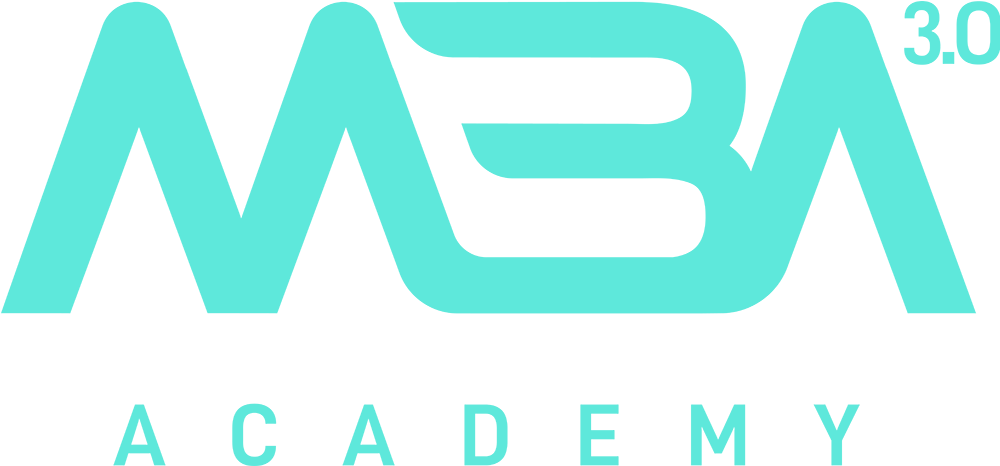Test Driven Agility combines assessment data with Objectives & Key Results (OKRs) and an iterative approach to hypotheses and experiments. While these techniques are commonly practiced separately, they become much more powerful when they are used together.
The first call you will make is to decide which type of risks need to be addressed most urgently. Based on your business needs, you will select an assessment framework that makes sense to you and is well-suited to your team’s situation.
Assessment will document which behaviors are present – and which are not present – on your various teams. The mere fact that a certain behavior is missing does not mean that you have run out and start building it. You will make educated guesses at which behaviors will move the needle and you will get the team to help decide what to try next. Many assessments focus on compliance to a process. While this can be important – even vital in regulated industries – it is not always the most effective way to align an organization on business goals and objectives.
Objectives and Key Results (OKRs ) are a goal-setting framework designed to improve business outcomes by aligning individual and team goals with the overall strategic objectives of the organization.
OKRs are popular because they provide clarity and transparency about goals and progress towards achieving them. They are simple to understand, even if they take work to master. They encourage collaboration and alignment across teams and departments, as everyone is aware of how the work of others is tracking to company goals. Additionally, they allow individuals and organizations to monitor progress and make data-driven decisions about how to adjust their course to improve performance.
Leader standard work encourages leaders to establish a repeatable routine that focuses on objectives and key results to support the organization's goals – especially the identification and resolution of problems. A key tenant of the process is that leaders can not – and should not – try to solve all of the problems by themselves. In the knowledge work sector, Leader Standard work involves a review of key metrics and coaching direct reports on problem solving to build the muscles of continuous improvement.
Leader Standard Work is like a fractal – it looks the same no matter how much you zoom in. The CEO models desired behavior by practicing Leader Standard work in the C-Suite. Her Chiefs model and practice with VPs, who model and practice with Directors and so on.
